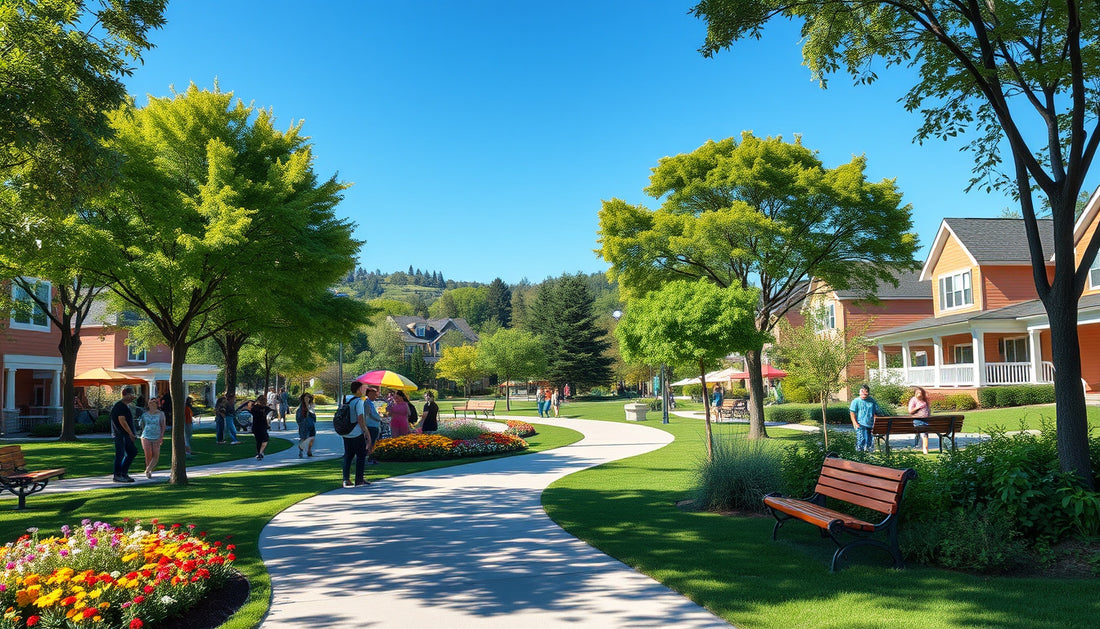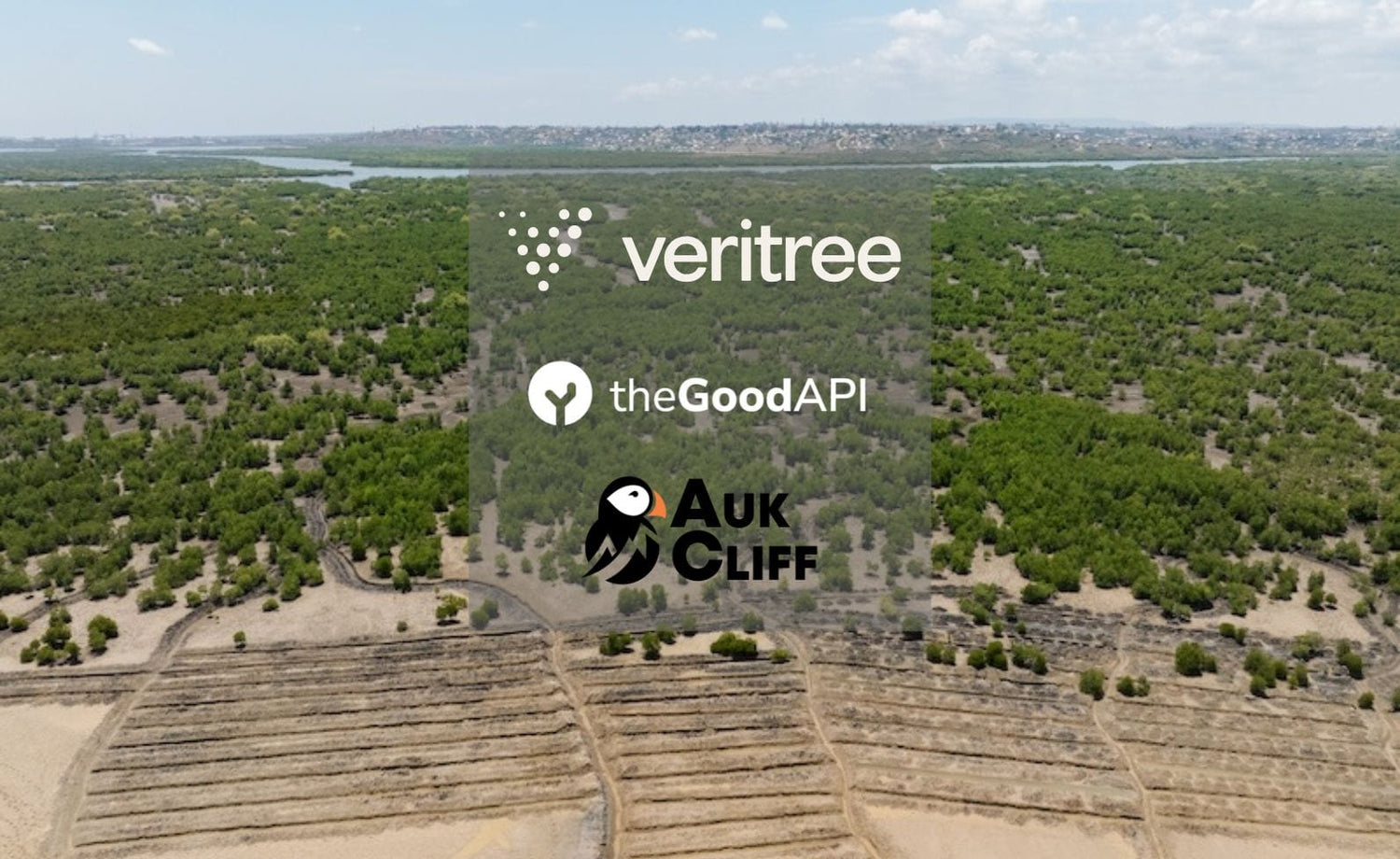
Revitalizing Community Spaces: Turning Little White Oak Mountain Neighborhoods into Vibrant Public Parks
Share

In the heart of Little White Oak Mountain, neighborhoods are more than just collections of houses—they represent the fabric of community life. As urban development pressures grow and green spaces become scarcer, transforming parts of these neighborhoods into vibrant public parks offers an exciting opportunity to enhance quality of life, promote environmental stewardship, and foster stronger community bonds. But what does this transformation entail, and why is it more important today than ever?
Why Convert Neighborhood Areas into Public Parks?
Public parks are the lungs and living rooms of any community. For neighborhoods around Little White Oak Mountain, revitalizing shared spaces can:
- Improve Mental and Physical Health: Access to green spaces has been shown to reduce stress, encourage physical activity, and improve overall well-being.
- Enhance Environmental Quality: Parks can reduce urban heat, improve air quality, and serve as habitats for local wildlife.
- Boost Community Cohesion: Inclusive public spaces encourage social interaction, community events, and a collective sense of pride.
- Increase Property Values: Properties near well-maintained parks often see an increase in value, benefiting local homeowners.
According to urban planner Dr. Elena Martinez, “Creating public parks within neighborhoods isn’t just about beautification—it’s planting the seeds for a healthier, more connected community.”
The Challenges of Transformation in Little White Oak Mountain
Transforming neighborhood spaces into public parks comes with unique challenges:
- Identifying Suitable Spaces: Not all vacant or underused lots are appropriate for public parks due to size, location, or existing environmental constraints.
- Community Engagement: Successfully transforming spaces means listening and responding to residents' needs and concerns.
- Funding and Maintenance: Sustainable financing models are essential to develop and maintain parks without placing undue burdens on local governments.
- Preserving Natural Habitats: Balancing development with conservation is critical, especially in ecologically sensitive mountain environments.
Steps Toward a Thriving Public Park in Little White Oak Mountain
1. Comprehensive Community Consultation
Begin by initiating forums, surveys, and workshops to understand what residents desire. What recreational facilities do they want? Are there historical or cultural elements they wish to preserve?
2. Environmental Impact Assessments
Engage environmental specialists to ensure that creating a park will support biodiversity and avoid harm to existing ecosystems.
3. Design Inclusive and Multi-Use Spaces
Design elements should cater to diverse age groups and abilities, from playgrounds and walking trails to quiet meditation gardens.
4. Secure Collaborative Funding
Explore grants, public-private partnerships, and community fundraising initiatives to support development and ongoing care.
5. Implement Ongoing Community Involvement
Establish “friends of the park” groups or volunteer committees to foster stewardship and ensure the park remains a vibrant, welcoming place.
What Residents Can Expect: Benefits Illustrated
- Increased Outdoor Activities: Walking paths, sports fields, and picnic areas encourage healthy, active lifestyles.
- Educational Opportunities: Natural areas can become outdoor classrooms for local schools.
- Event Spaces: From farmers markets to cultural festivals, parks become hubs of community activity.
Why Does This Matter to You?
Is your neighborhood a place where children play safely outdoors? Where seniors can enjoy fresh air and friendly conversation? Parks turn “spaces” into “place”—sites imbued with meaning and connections. They grow community spirit and resilience.
As conservationist and outdoor advocate Lisa Thompson notes, “Public parks are vital; they connect us not only to nature but to each other. In Little White Oak Mountain, this connection is a treasure worth investing in.”
Call to Action: Join the Movement
If you’re passionate about revitalizing Little White Oak Mountain neighborhoods through vibrant public parks, now is the moment to get involved. Attend local meetings, contribute ideas, volunteer for green space projects, or advocate for park-friendly policies.
Together, we can preserve the natural beauty of Little White Oak Mountain while building welcoming, healthy spaces that bring neighbors closer and enhance quality of life for generations to come.
Are you ready to help turn the neighborhoods of Little White Oak Mountain into thriving, vibrant public parks? Start by sharing this vision with your community—and let’s cultivate spaces where nature and neighbors flourish side by side.






